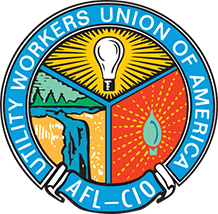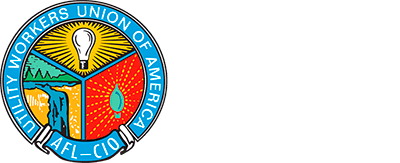On a recent trip to Oregon in support of Local 609 members fighting for a fair contract there, I experienced first-hand the wildfires laying waste to the West Coast. Our members in California and Oregon have described what it’s like to survive and combat the fires, some with families even needing to be evacuated.
I have to admit, until I actually experienced being in a wildfire, I didn’t really appreciate what my members were saying. While driving to the airport to fly home, I had to ask myself, was I really listening to what they had been telling me? Did I miss the cue and not truly understand what members are going through?
Learn by listening to others
That got me thinking about listening. Experience may be the best teacher, but that doesn’t mean we can’t learn from the experience of others. To do so, we have to listen, truly listen.
As a leader I must be able to listen and respond to my members. We don’t need to agree. But we do have to be able to listen actively to what is being said in order to have an effective conversation, an open dialogue that will lead to collective action for the good of our members. After all, that’s what unions are about.
On a larger scale, are we really listening in our society today? A lot of people say they hear you, but are they truly listening?
People will tell you they hear you in order to get your vote, they hear you when you talk about racism and equality, or they hear you in discussing on-the-job issues. But are they actively listening, are they truly absorbing the information and understanding what you are saying?
If not, we may just end up arguing. This will prevent us from arriving at decisions to make the necessary changes in our workplaces, our communities and our country to build a better future for everyone.
It’s time to start listening to each other so we can collectively take the necessary action to rebuild our nation and prepare for the future.
Our members are life-savers, first responders. Is the public listening to what we are telling them? Do the policy-makers understand what it would be like if they didn’t have that utility worker behind the fire hose, behind that electrical circuit, the gas line, or answering the phone when there’s an emergency?
Barreling toward disaster
We’re riding a runaway train, barreling toward disaster. The management and physical state of our utility infrastructure is needlessly exacerbating the situation.
It’s essential we recognize that the problems we face in the life-giving, life-sustaining utility industry stem primarily from poor workforce management. And it’s time to do something about it.
It’s time we strengthen our utility infrastructure and mitigate the threats of future disasters by investing in the workforce. As the widespread damage and suffering from multiple disasters shows, we simply cannot afford to take a linear, reactive approach. We need to start making the necessary preparations for future disasters now.
Reinvigorating the utilities workforce would also be a much-needed stimulus for the battered economy, helping to put people back to work.
We can influence outcomes
COVID-19 has forced us into a different world. It’s by no means all bad. We have the power to influence the outcomes. It’s forcing us to communicate in different ways and opening the door to better connections. In turn, this has allowed us to better communicate our message to a larger audience.
Our mission is to take care of our members, their families and communities by negotiating contracts that protect their interests, always putting health and safety first.
In order for us to be successful, we need to actively listen and be listened to. Listening is a two-way street.

